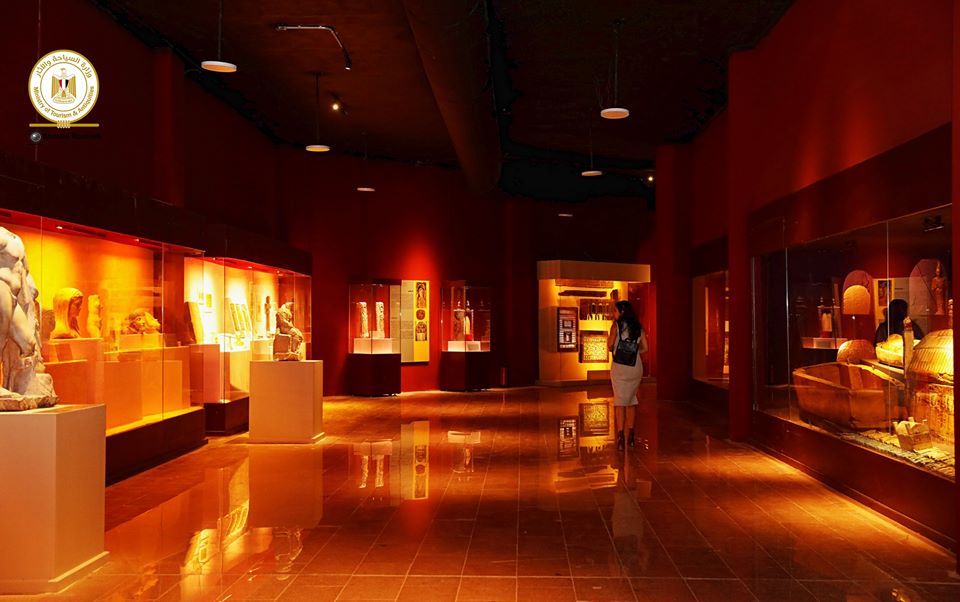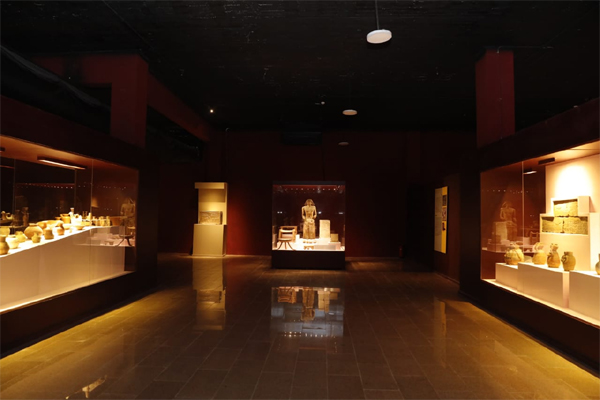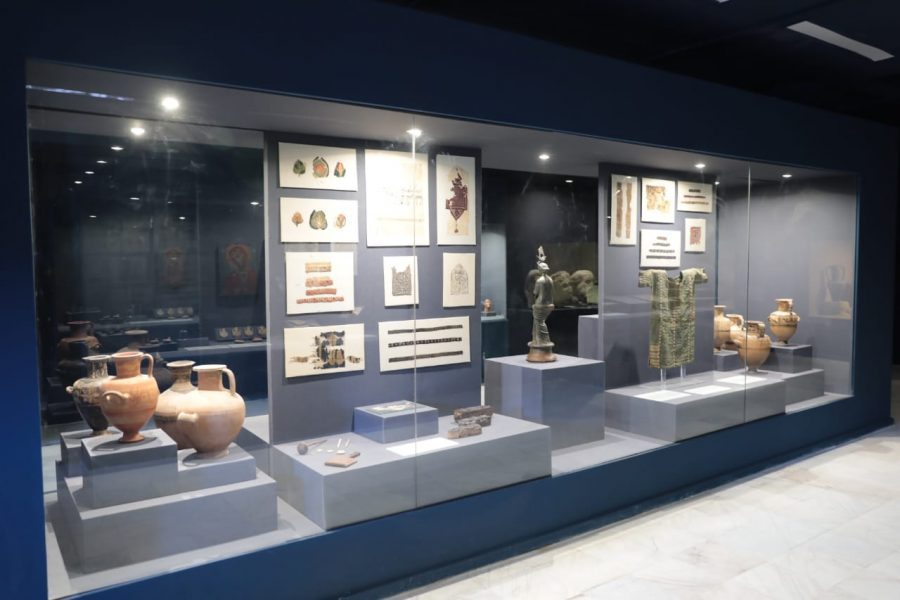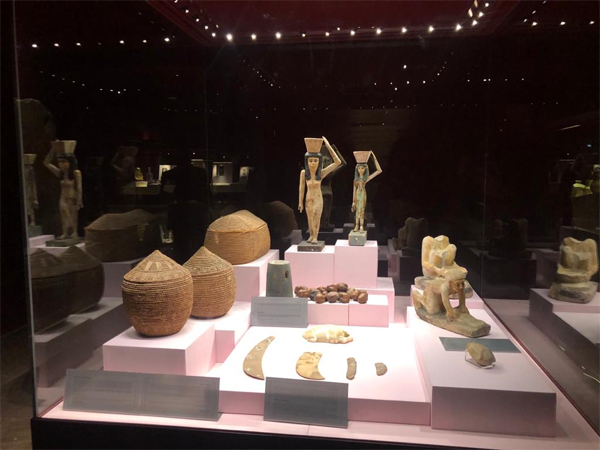WANGDA SHOWCASES is awarded with the museum showcase contract for Aleft Library in Dubai, UAE. WANGDA SHOWCASES is honored to custom-supply the library with conservation grade and high-standard museum showcases that are fabricated with non-reflective glass and equipped with high-precision active microclimate control system with air filtering function.
Contract of Demountable Modular Showcases for National Museum of Scotland
WANGDA SHOWCASES was awarded with the contract to customize demountable modular showcases for National Museum of Scotland and we fulfilled the project in less than three weeks as specified.All the modular showcases were custom-built by us to comply with the critical and highest technical points stipulated by National Museum of Scotland, like air exchange rate to be less than 0.1 per 24 hours, no harmful VOC release in display space and so on. The modular showcases creatively come with demountable metal profiles for protecting all the joints between glass panels so as to completely ensure the highest security of the modular showcases under the complicated environment.
Seraphim Sarovsky Exhibition in Moscow,Russia
Seraphim Sarovsky Exhibition of Saint Sergius of Radonezh in Moscow, Russia opens to the public. WANGDA SHOWCASES customized superb museum grade display cases in compliance with the highest international technology and quality criteria of museum showcases professional for museum grade conservation, protection and exhibition.
Saint Sergius of Radonezh (Russian: Се́ргий Ра́донежский, Sergii Radonezhsky; 14 May 1314 – 25 September 1392), also known as Sergiy Radonezhsky, Serge of Radonezh and Sergius of Moscow, was a spiritual leader and monastic reformer of medieval Russia. Together with Saint Seraphim of Sarov, he is one of the Russian Orthodox Church‘s most highly venerated saints.
Sergius of Radonezh was a leading Russian monk in the fourteenth century who founded the Holy Trinity monastery north of Moscow. He is much revered and has a special place in Russian monasticism and the nation of Russia. An ascetic, he was deeply humble and had a firm faith in God’s help. After his glorification the monastery he founded became known as the Holy Trinity-St. Sergius Lavra.
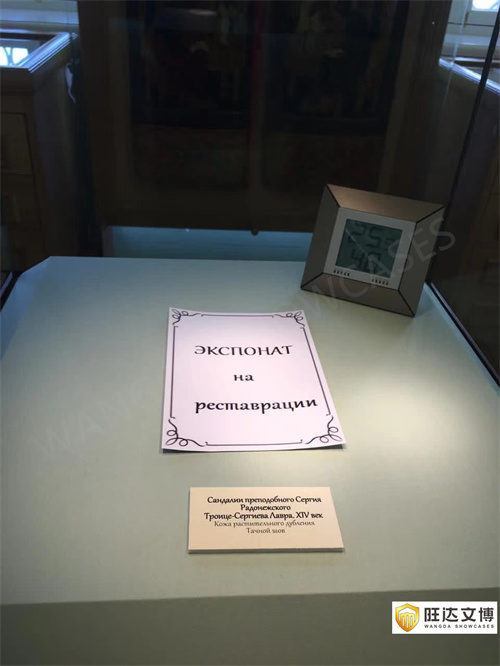
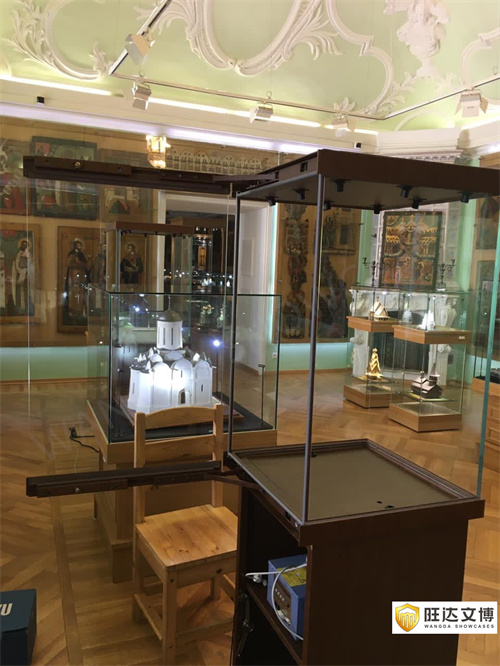
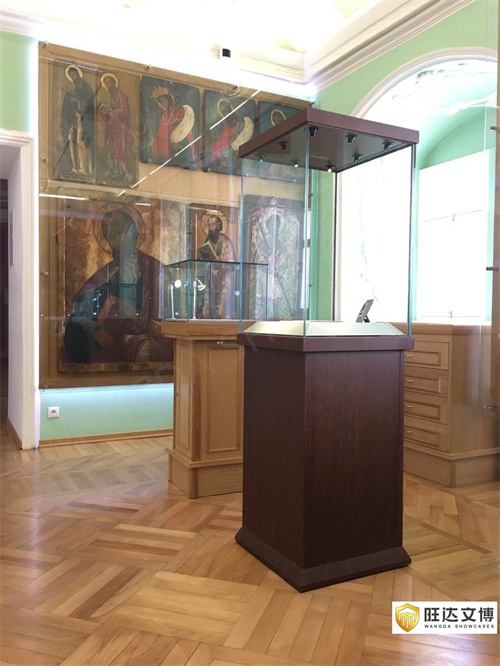
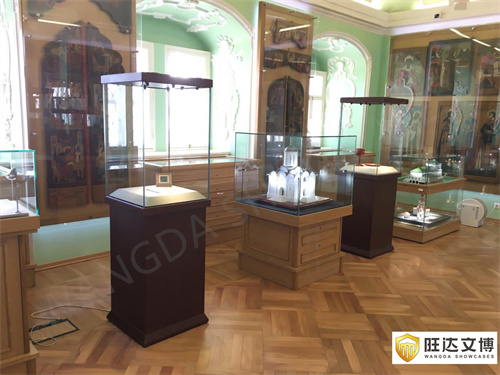
QuanZhou Maritime Museum
WANGDA SHOWCASES custom-built all the museum grade display cases for all the 7 galleries for QuanZhou Maritime Museum of China. QuanZhou Maritime Museum is an epitome of the Chinese oceanic culture. There are seven permanent thematic exhibitions with the museum. The exhibition vividly reveals the glorious oceanic culture of Ancient China and eulogize the heroic spirit of the Chinese conquest of the oceans. The exhibition also presents the important contribution by China to the Sea Silk Road and China’s great achievment in sea navigation and vessel industry.

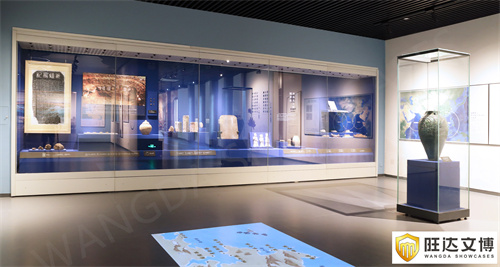
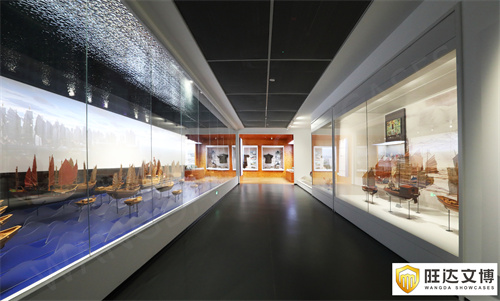
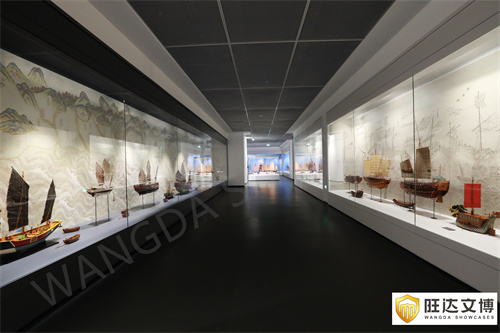
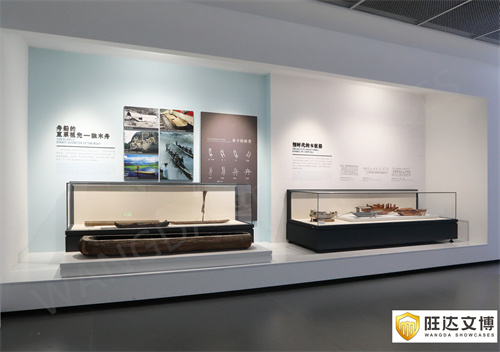
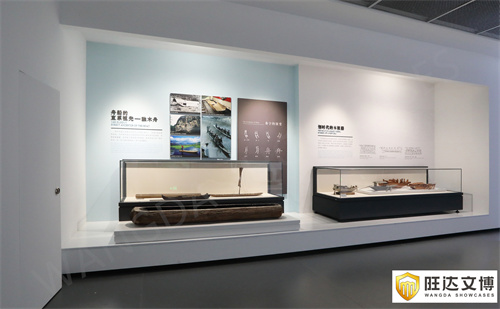
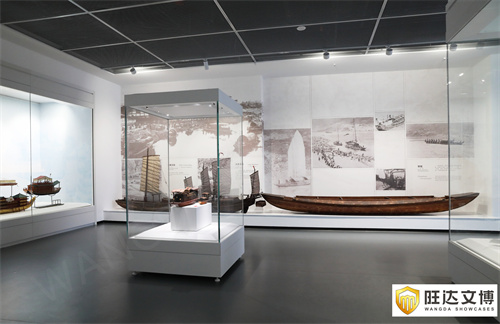
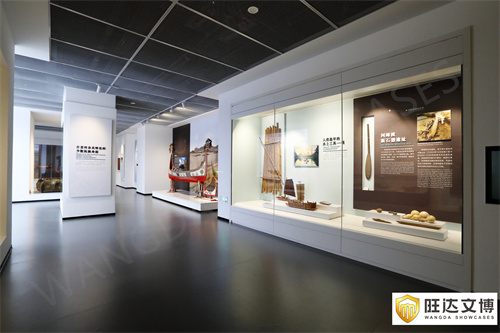
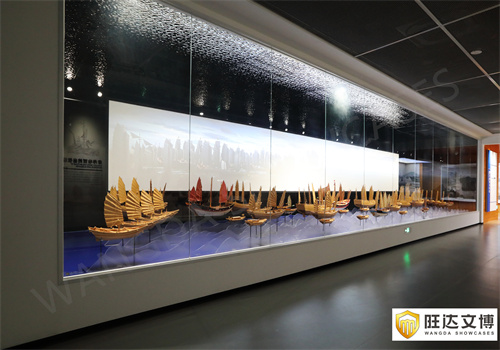
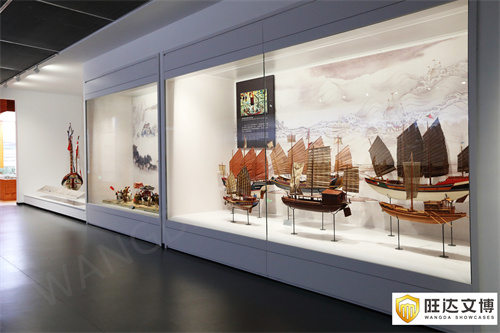
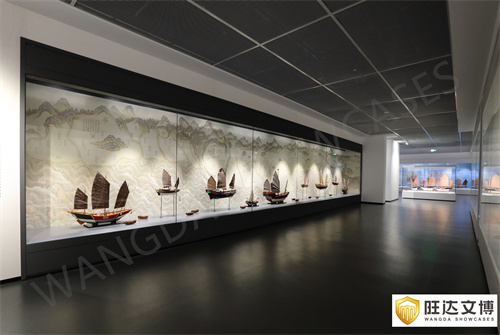
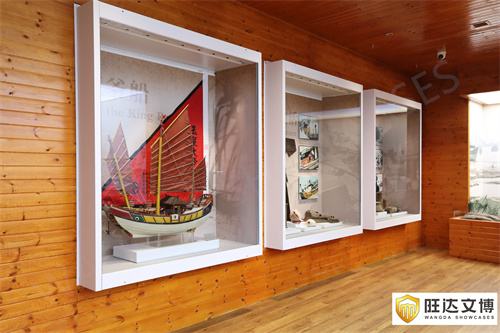
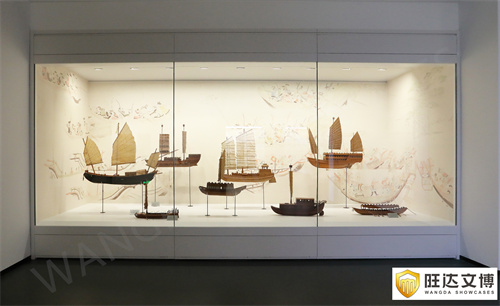
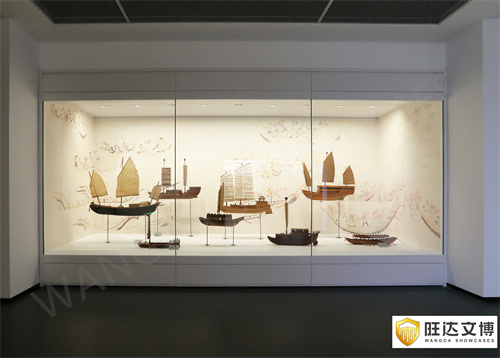
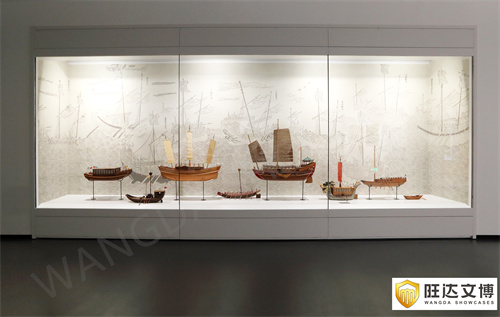
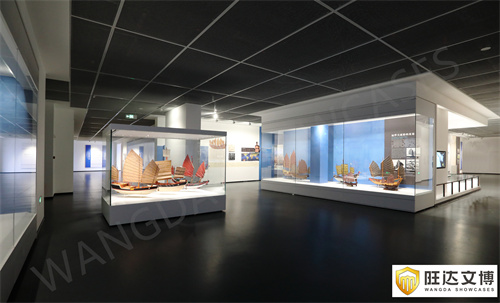
New Exhibition at National Maritime Museum opens to the public
WANGDA SHOWCASES customized museum grade display cases for the new exhibition project for National Maritime Museum of China. All the museum grade display caess are tailored in compliance with the highest technical standards and safety criteria of museum protection and exhibition.
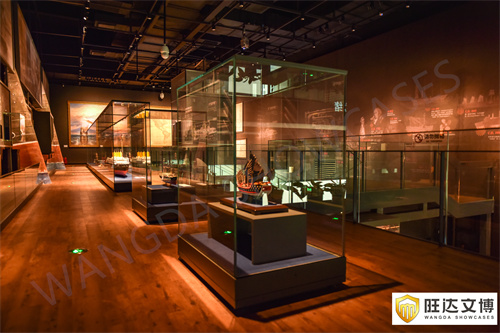
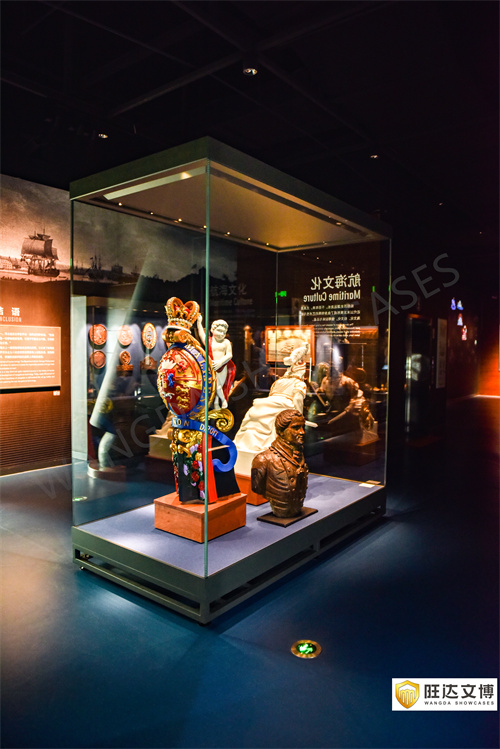
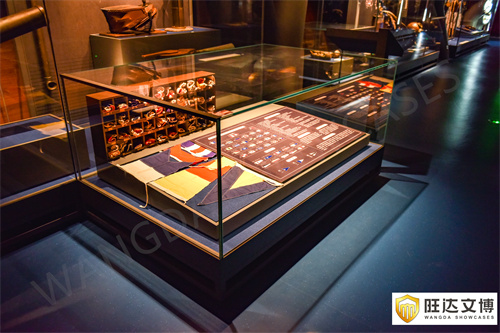
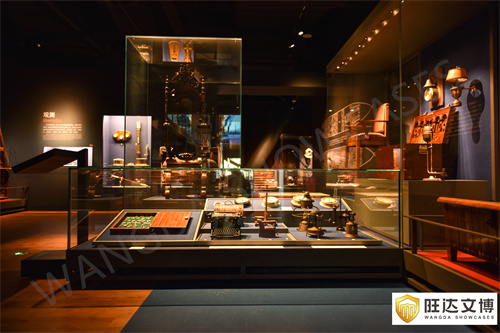
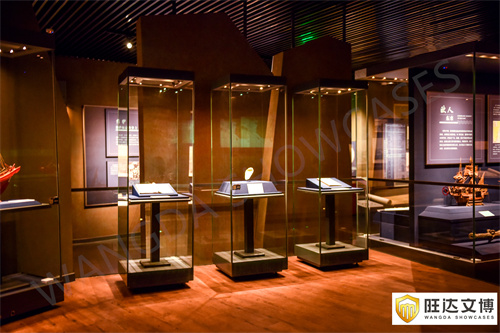
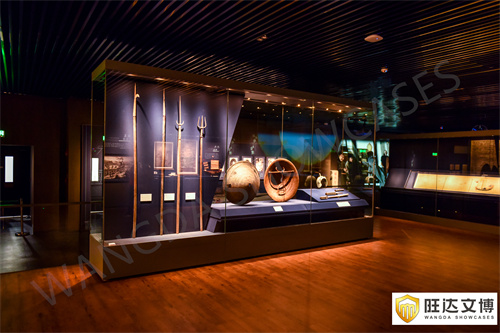
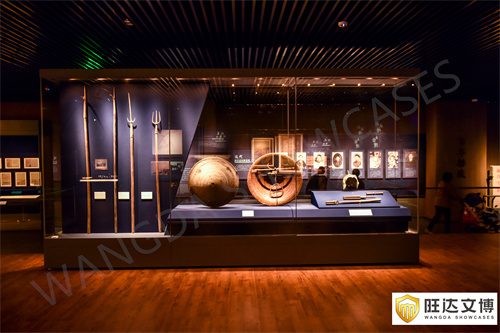
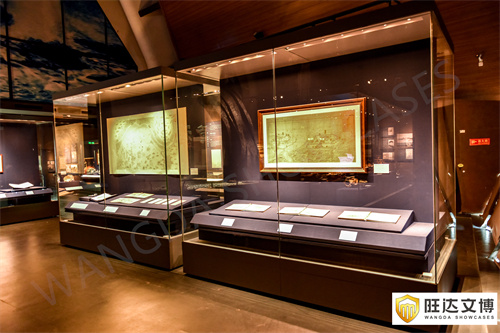
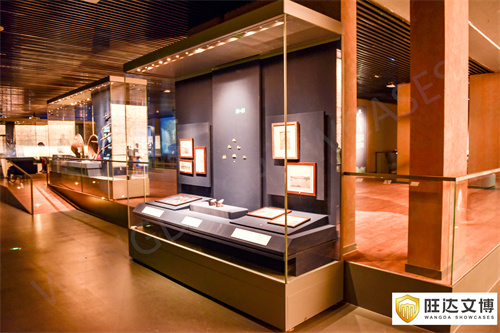
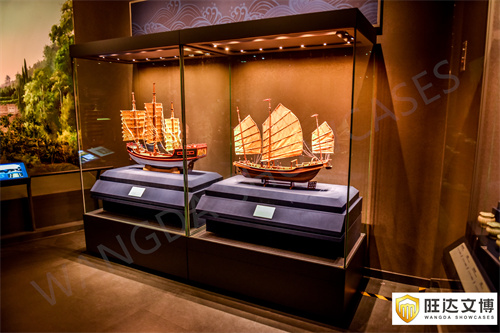
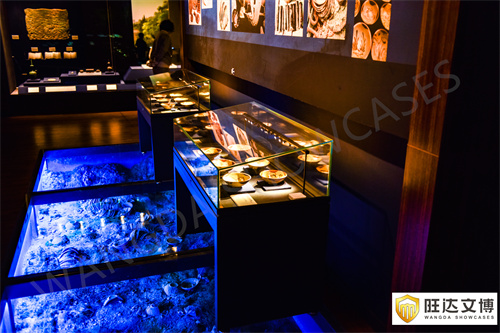
Exhibition at Hall of Martial Valor, Palace Museum
Equipped with museum grade display cases from WANGDA SHOWCAESS, the anticipated exhibition at Hall of Martial Valor, Palace Museum currently opened to the public.
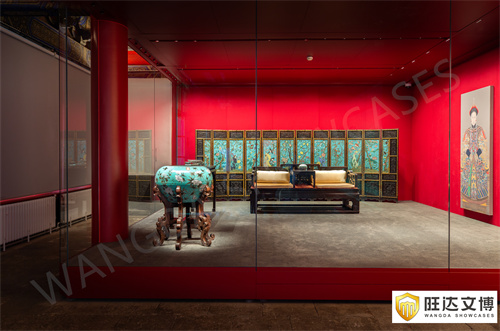
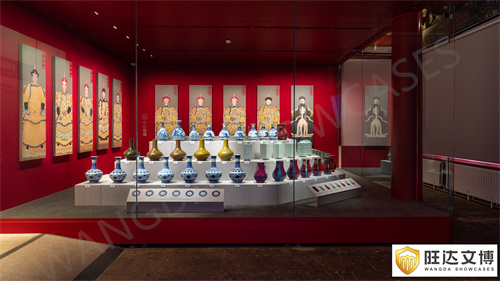
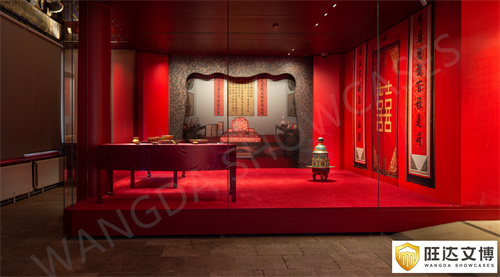
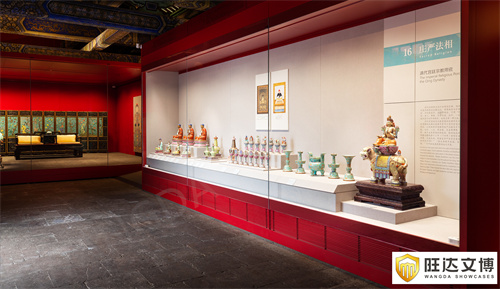
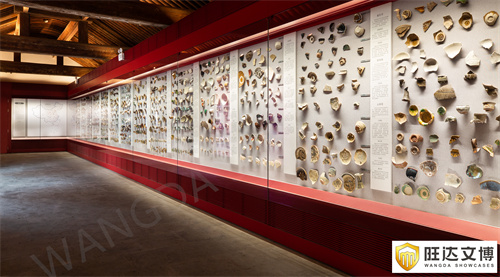
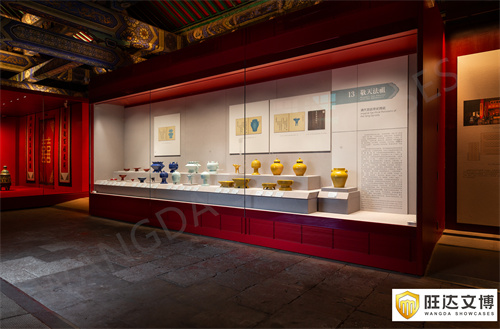
Special Exhibition in Chang Sha Museum
WANGDA SHOWCASES supplied and installed all the 150 no.s museum grade display cases/museum showcases/museum display cabinets/vitrines including freestanding display cases, wall display cases, tabletop display cases , special display cases and modular display cases for Special Exhibition in Chang Sha Museum.
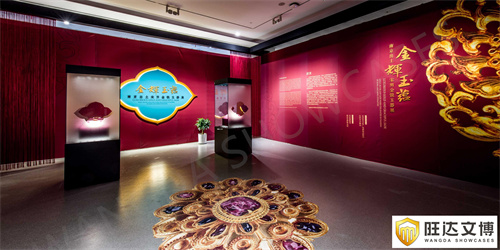
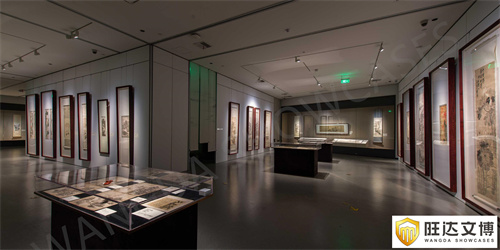
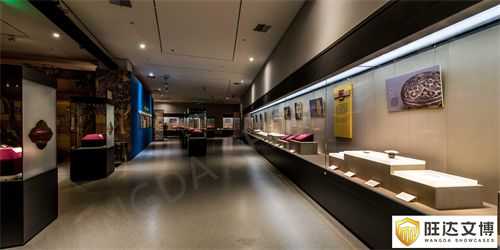 |
| 

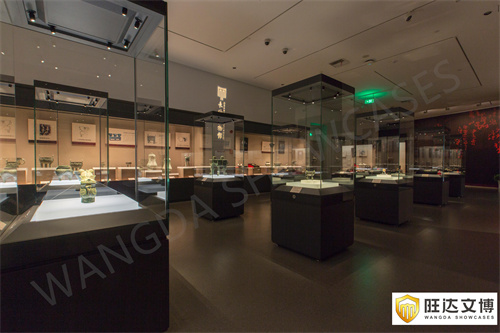
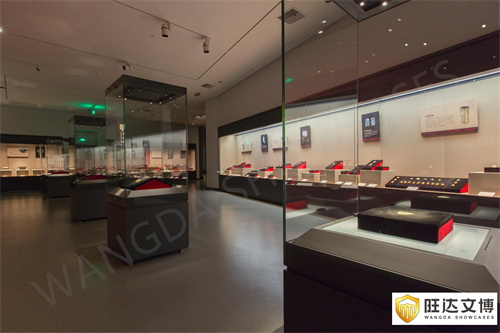
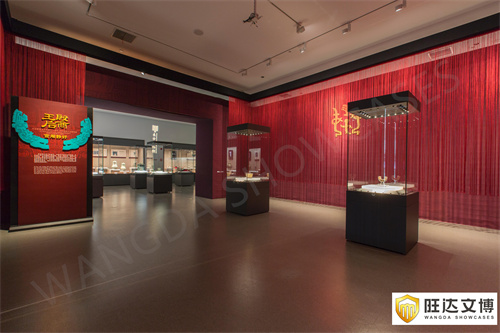
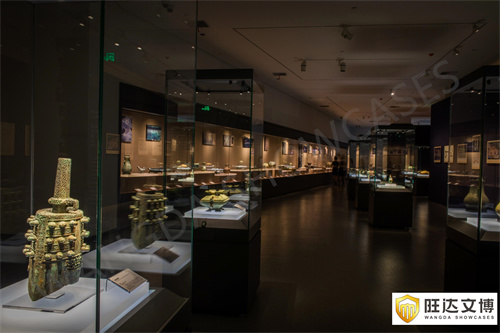
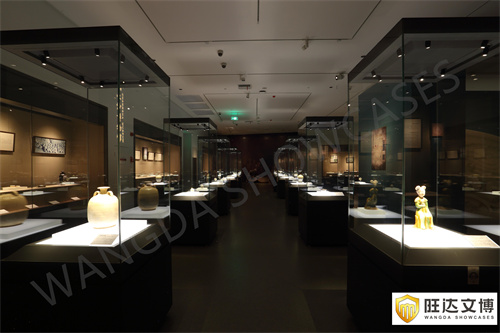
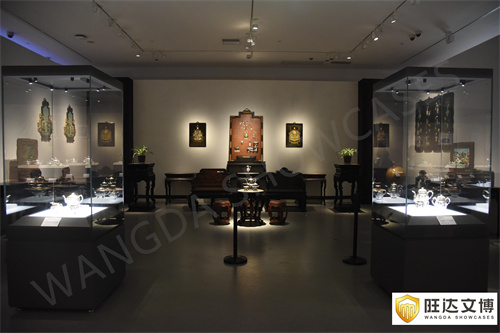
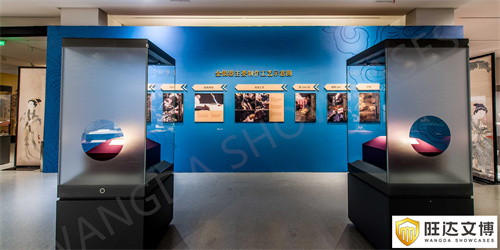
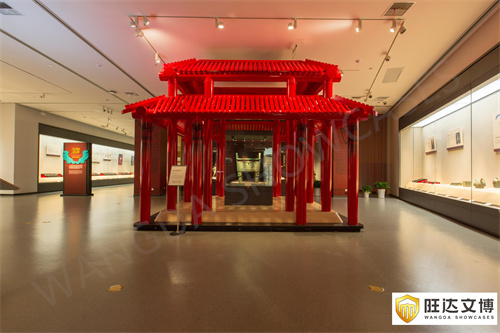
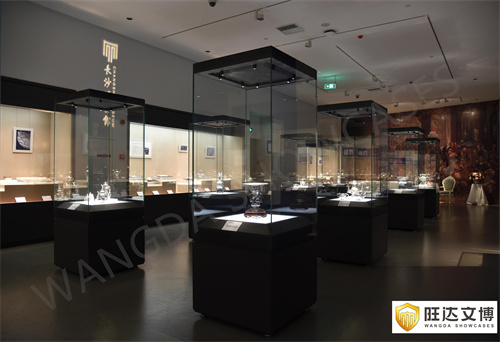
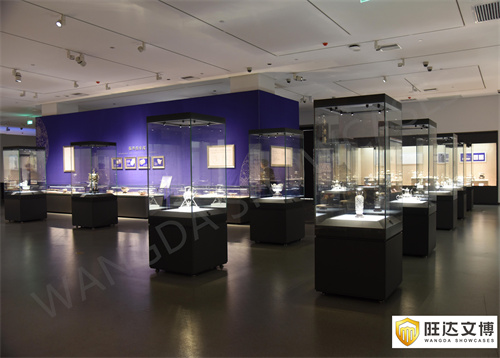
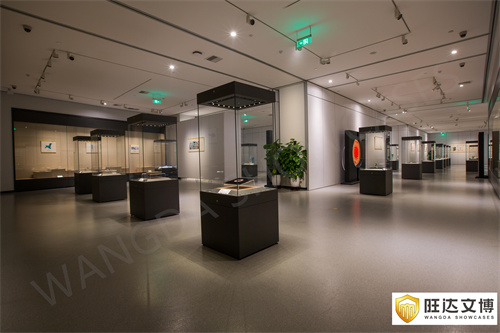
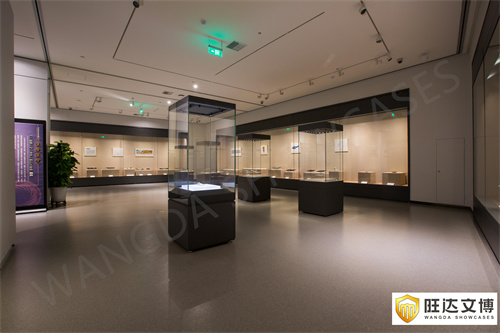
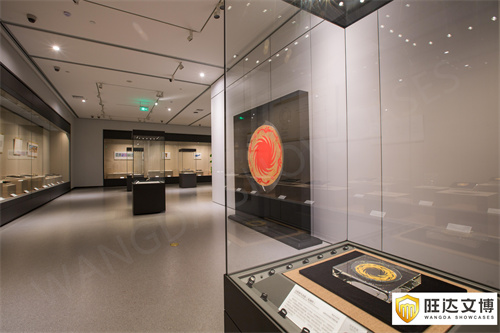
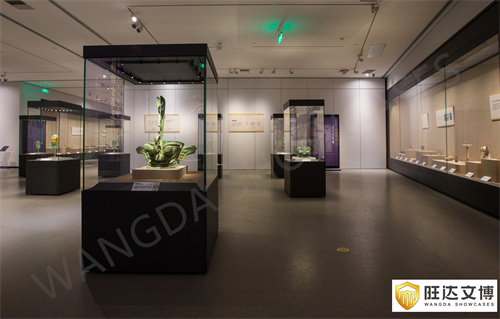
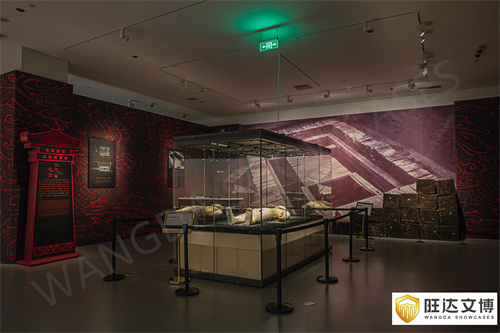
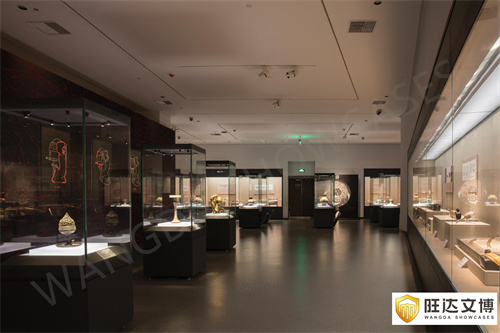
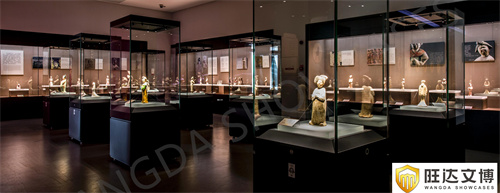
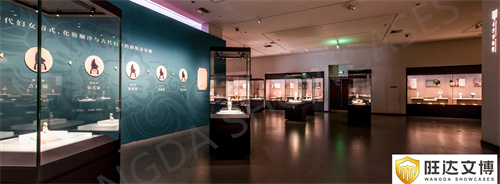
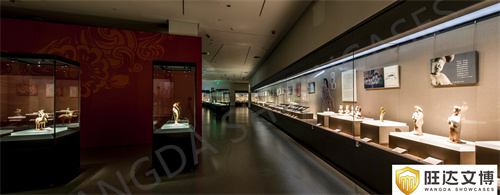
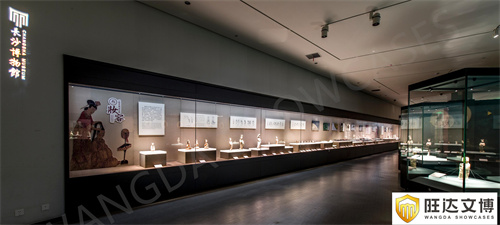
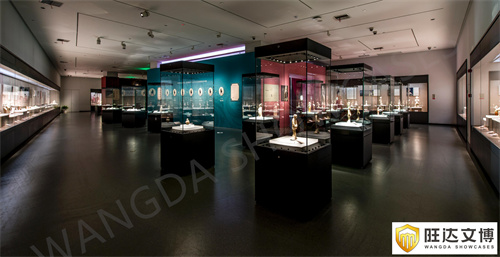
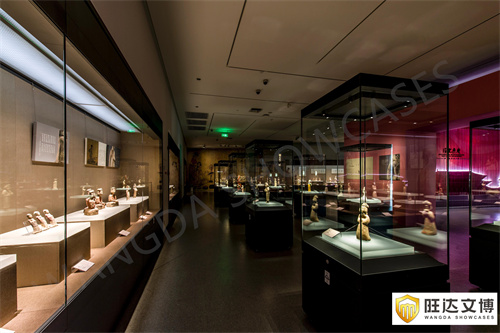
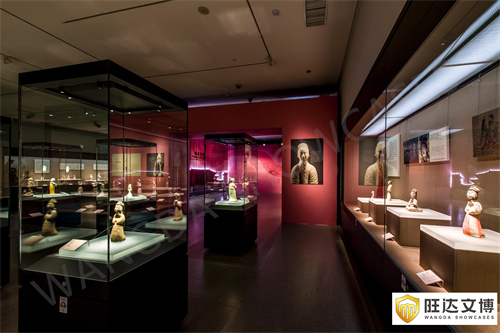
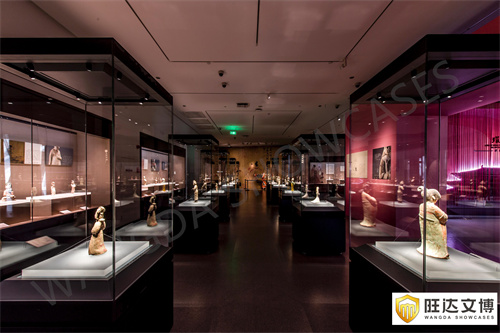
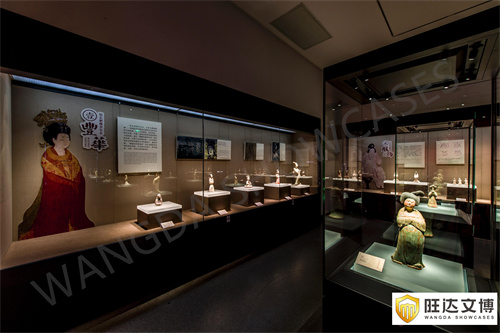
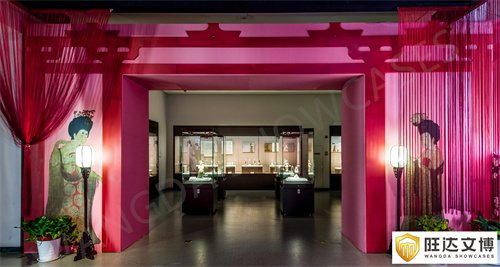


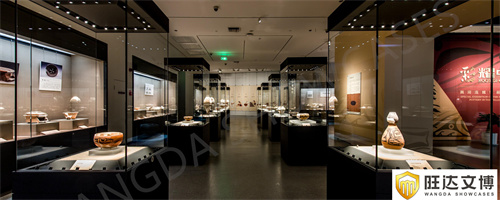



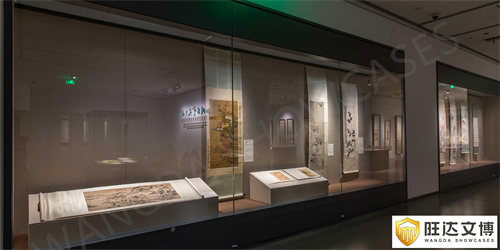
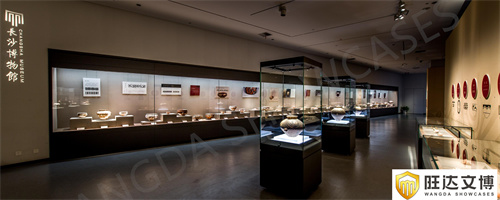


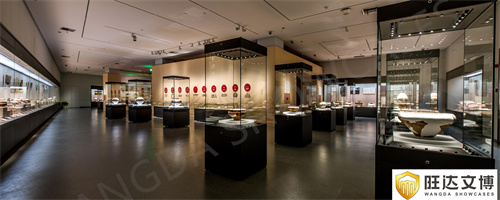








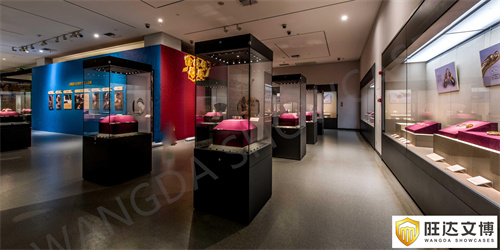
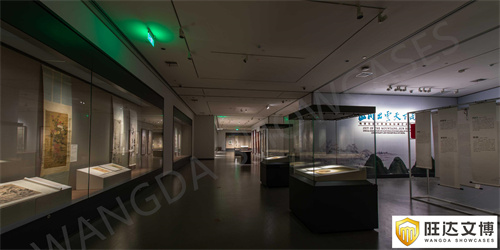

WANGDA SHOWCASES won the museum showcase project for Khitan Museum of China
We are delighted to announce that according to the final report from the evaluation committee, we are honored to win the museum showcase project for Section 3 of Khitan Museum of China. The project amount is totalled CNY 13,908,800.00 and WANGDA SHOWCASES will customize all the museum display cases in accordance with the highest international technology and quality criteria of dedicated museum showcases for all the 4 exhibition halls(Sun Khitan hall and historic culture hall in floor 2, hall of frescoes fine arts of Liao Dynasty and hall of fine arts of Pagoda art in floor 3) ) for such a renowned historic museum to get the prosperous Khitan civilization reappeared to the public.
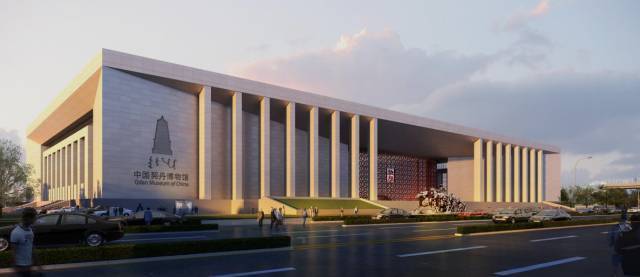
The Khitan people (Khitan small script: , Chinese: 契丹; pinyin: Qìdān) were a Para-Mongolic nomadic people from Northeast Asia who, from the 4th century, inhabited an area corresponding to parts of modern Mongolia, Northeast China and the Russian Far East.
The history of the Khitans dates back to the 4th century. The Khitan people dominated much of Mongolia and modern Manchuria (Northeast China) by the 10th century, under the Liao dynasty, and eventually collapsed by 1125 (or 1211).
Originally from Xianbei origins they were part of the Kumo Xi tribe until 388 when the Kumo Xi-Khitan tribal grouping was defeated by the newly established Northern Wei. This allowed the Khitan to organize and consolidate their own tribe and entity which led to the beginning of Khitan written history.[1]
From the 5th to the 8th centuries the Khitan were dominated by the steppe powers to their West the Turks and then the Uyghurs. The Chinese also came from the south (Northern dynasties or Tang). In some cases they were under Korean domination (from the East, mainly Goguryeo) according to the balance of power at any given time. Under this triple domination the Khitan started to show growing power and independence. Their rise was slow compared to others because they were frequently crushed by neighbouring powers—each using the Khitan warriors when needed but ready to crush them when the Khitans became too powerful.[2]
Enjoying the departure of the Uyghur people for the West and the collapse of the Tang dynasty in the early 10th century they established the Liao dynasty in 907. The Liao dynasty proved to be a significant power north of the Chinese plain as they were continuously moving south and West and gaining control over former Chinese and Turk-Uyghur’s territories. They eventually fell to the Jin dynasty of the Jurchen in 1125, who subordinated and absorbed the Khitans to their military benefit.[2]
Following the fall of the Liao Dynasty many Khitans moved further west and established the state of Qara Khitai. Their name survived in the Russian word for China (Китай, Kitay) as well as the archaic English (Cathay) Portuguese (Catai) and the Spanish (Catay) appellations of the name. They have been classified by Chinese historians as one of the Eastern proto-Mongolic ethnic groups – the Donghu (simplified Chinese: 东胡族; traditional Chinese: 東胡族; pinyin: Dōnghú zú).
Museum showcase contract for Saint Sergius of Radonezh in Moscow, Russia
WANGDA SHOWCASES is awarded with the contract of museum grade showcases for Saint Sergius of Radonezh in Moscow, Russia. With Anti-reflective glass as essential material, WANGDA SHOWCASES will customize superb museum grade display cases in compliance with the highest international technology and quality criteria of museum showcases professional for museum grade conservation, protection and exhibition.
Saint Sergius of Radonezh (Russian: Се́ргий Ра́донежский, Sergii Radonezhsky; 14 May 1314 – 25 September 1392), also known as Sergiy Radonezhsky, Serge of Radonezh and Sergius of Moscow, was a spiritual leader and monastic reformer of medieval Russia. Together with Saint Seraphim of Sarov, he is one of the Russian Orthodox Church‘s most highly venerated saints.
Sergius of Radonezh was a leading Russian monk in the fourteenth century who founded the Holy Trinity monastery north of Moscow. He is much revered and has a special place in Russian monasticism and the nation of Russia. An ascetic, he was deeply humble and had a firm faith in God’s help. After his glorification the monastery he founded became known as the Holy Trinity-St. Sergius Lavra.
Hurghada Museum in Egypt, equipped with museum showcases by WANGDA SHOWCASES, opens to the Public
Equipped with high-standard museum showcases by WANGDA SHOWCASES, Hurghada Museum Opens to Public With Impressive Collection. Hurghada Museum is not only the first antiquities museum in al Bahr al Ahmar (Red Sea) Governorate, but also the first museum that is the result of a joint project between the Ministry of Tourism and Antiquities, al Bahr al Ahmar (Red Sea) Governorate, and the private sector.
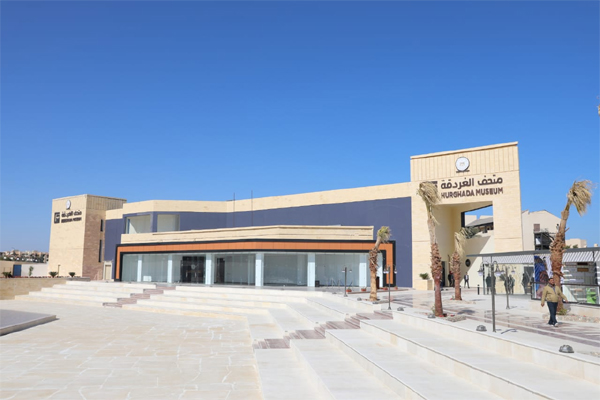
The inauguration of the museum was attended by Prime Minister Mostafa Madbouly, the Minister of Tourism and Antiquities Khaled El Enani and head of the Supreme Council of Antiquities Mostafa Waziri.
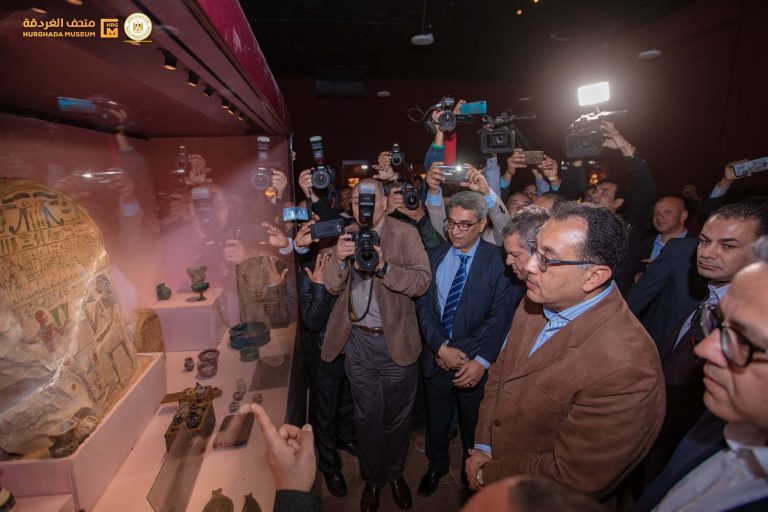
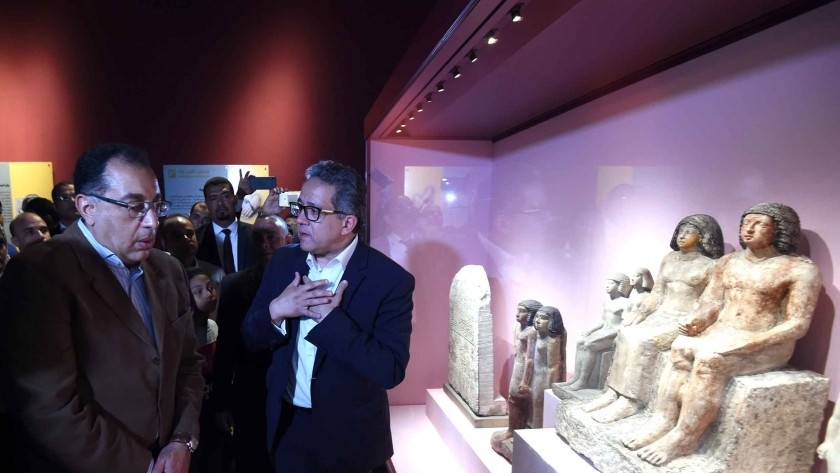
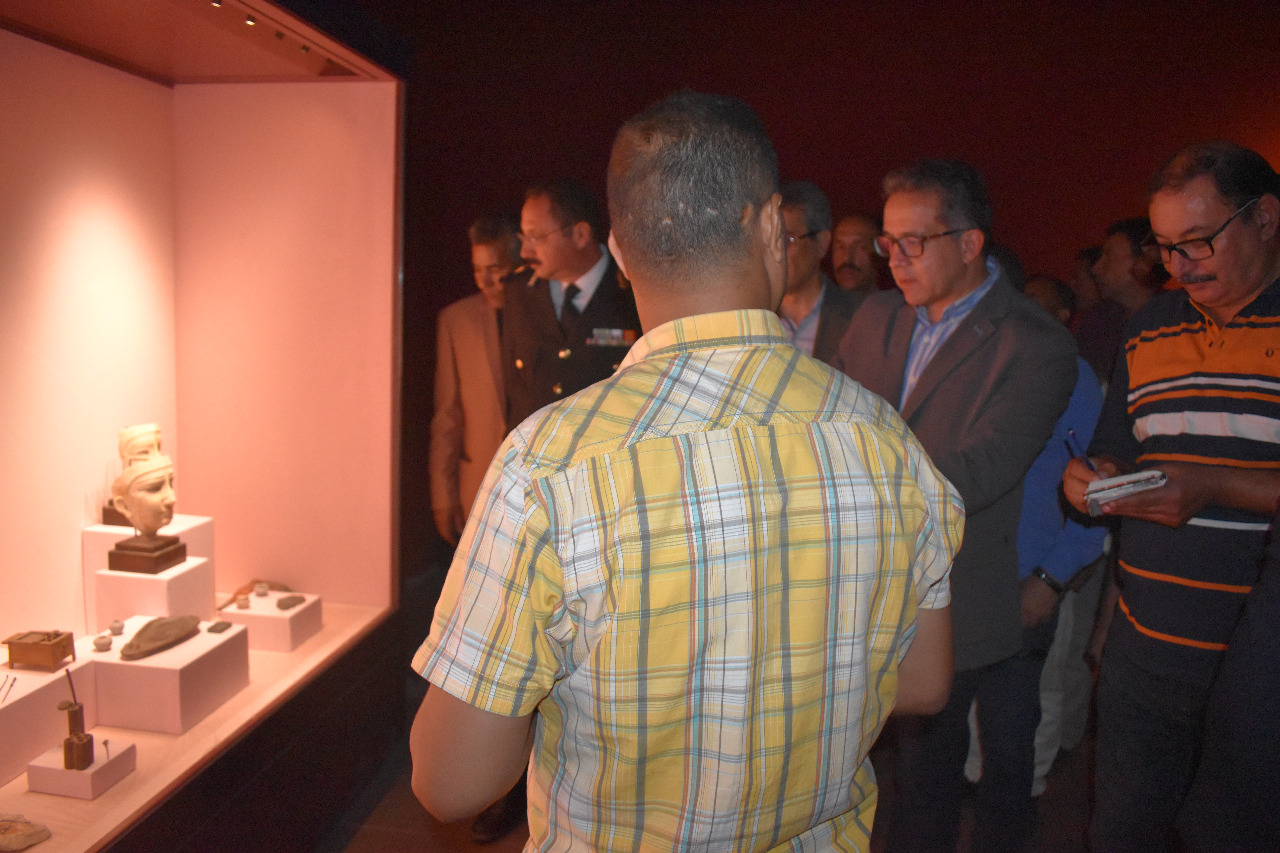
The museum was constructed on 10,000 square meters in the heart of the city.The museum houses over 1,791 artefacts which are exhibited according to various themes such as the Islamic, Coptic, and royal periods, through an extensive collection of artifacts, sculptures and portraits in ancient Egypt. Additionally, more distinct items are exhibited, such as Coptic icons, a decorated case which encases the Torah scrolls, oil painting portraits, as well as a unique bust statue of queen Meritamun.Most of the items were taken from artifact storages from areas in the Red Sea area as well as from the rest of the country.
